The aims of the tree planting programme, what the programme includes, and the types of trees to be planted.
We're planting trees across Bristol to make the city greener and healthier.
This programme will run for 3 years and aims to:
- increase the number of trees in the city
- make streets and roads look better and feel more natural
- plant different types of trees to protect against future tree diseases
- improve the environment and help people feel better
What's included in the programme
As part of Bristol's One City Plan, we want to grow tree cover to 20% by 2040.
Over the next three years, we'll plant more than 2,000 trees with help from local communities:
- 650 trees in the first year
- 840 trees in the second and third years
Once these trees grow fully, they'll add 10 hectares of new tree canopy. This includes replacing trees lost to ash dieback, a disease affecting ash trees.
We'll be planting trees in places like:
- streets and grassy areas near roads
- parks and other non-woodland spaces
In woodland areas, the tree canopy will recover through natural regeneration. Trees will self-seed and grow in amongst other species, filling canopy gaps over time.
It's hoped that allowing ash to grow from seedlings will allow some trees that are resistant to ash dieback to survive into the future
Working with the ash dieback programme
Some ash trees will be removed because of ash dieback.
Where possible, we'll plant new trees to replace them. We'll also plant trees near healthy ash trees, in case they get sick in the future.
What kinds of trees will be planted
We'll plant a mix of native and non-native trees.
Native trees, trees that naturally grow in the UK, include:
- Birch
- Pine
- Whitebeam
- Rowan
- Field Maple
- Oak
Non-native trees will be planted in places where they're better suited to the soil and weather.
We'll choose the best tree for each location, and often use larger trees to make an instant impact.
